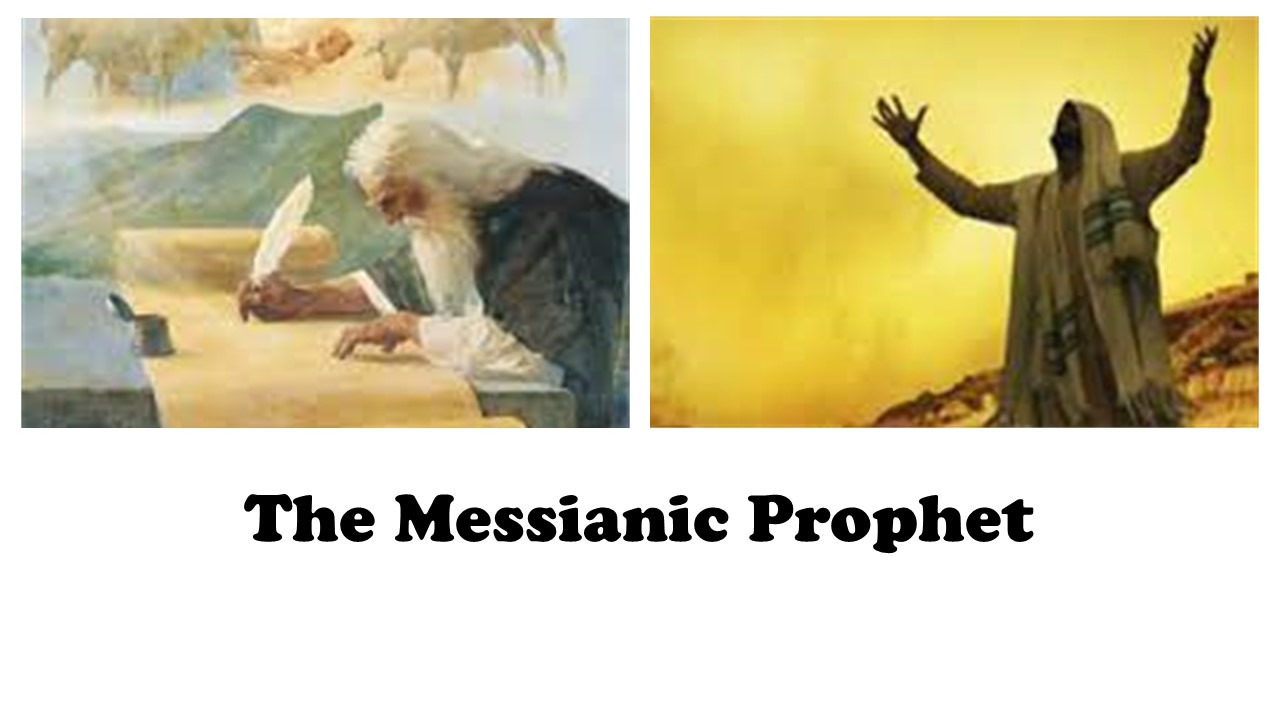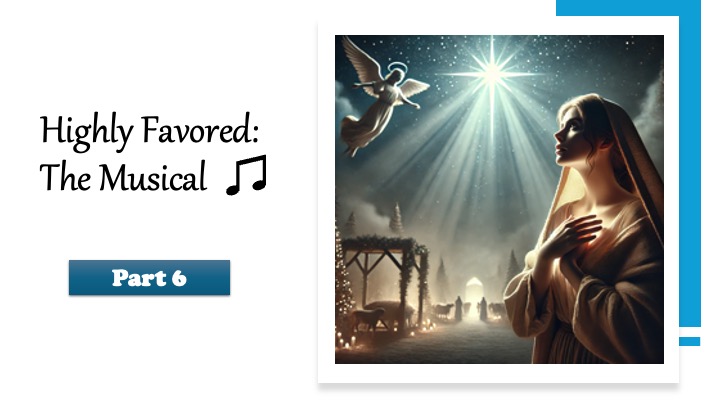After having explored spiritual insights and lessons from black history, in recognition of Black History Month in the United States, we begin a new series called “Perspectives on Easter.” Our focus will mostly be on the people who play both major and minor roles in the Easter story. Most days we will hear first person accounts from those who were involved in the final days of Jesus’ life and who witnessed his resurrection. On other days we will explore some of the history of traditions related to Easter or some of the relevant places, practices, or artifacts.
Today, on this Wednesday, there are Christians around the world who celebrate Ash Wednesday, the first day of Lent. Its official name is “Day of Ashes,” so called because of the practice of rubbing ashes on one’s forehead in the sign of a cross. Since it is exactly 40 days (excluding Sundays) before Easter Sunday, it will always fall on a Wednesday—there cannot be an “Ash Thursday” or “Ash Monday.”
The Bible never mentions Ash Wednesday—for that matter, it never mentions Lent. However, there are lessons we can learn from how ashes, dust, and sackcloth were used in the Bible. Scriptures referenced include Ephesians 2:14; John 17:21; 2 Samuel 3:31; Genesis 37:34; Esther 4:1, 3; ; Esther 3:8–15; Jonah 3:5-10; 1 Samuel 16:7; Psalm 30:11; and Matthew 6:16-18.

Today’s episode explores the life and prophetic ministry of Isaiah, son of Amoz, during the late 8th to early 7th centuries BCE, a time...

Part Six of "Highly Favored" focuses on the selection of Joseph as a suitable husband for Mary. Rabbis in the synagogue courtyard discuss Mary's...

In this last week of 2021, we are sharing our top five episodes from the first 300: these are the episodes that were most...